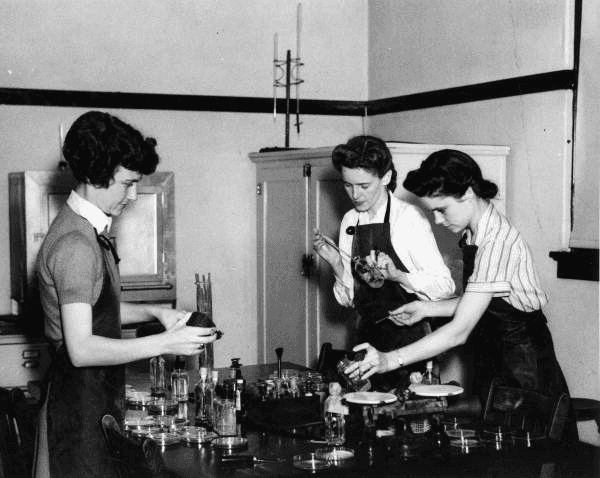Your MVP is probably just an Experiment
Jan 14, 2016
Robbert van Geldrop
During our last meetup in Eindhoven, we talked about the Minimum Viable Product, the MVP. This is one of the most popular and abused terms in the Lean Startup method, next to the Pivot.
Definitions, examples and discussions about what an MVP should be are widespread and practically it leads to much confusion for startup teams. Check out the answers on Quora, for example. So why bother understanding and exactly scoping your MVP at all?

From customer interviews to experiments to your MVP
The main obstacle I experienced when I helped teams define their MVP is that they didn’t have a clue on what it should do. Typically, they end up discussing a variety of possible MVPs which all sound very plausible and are at the same time based on nothing. It’s a stab in the dark and this often happens, because the teams feel obligated to produce the MVP somehow.
You can’t build your MVP in a single shot. You’ll have to get to your MVP by iterating through the build-measure-learn loop. You’re only ready to create your MVP once it makes sense and you have a clear picture of problem/solution fit. When we’re training founders, we typically advocate that you only call something an MVP in case you transact with your customers and provide value. On the road to an MVP you can conduct a series of experiments.
Popular MVP/Experiment mix-ups
The best know mixup of terms is calling a simple landing page your MVP. Even worse, I’ve seen teams who pull up a landing page, get a bunch of email addresses and have no plan or execution on following up on those leads. They treat these emails as a vanity metric and falsely use it as a validation for their value proposition. Calling an experiment like such an MVP can be misleading to your team and your investors. You need to make sure you learn from it and use the outcome to shape your next iteration. And by the way, I was mentioning the pivot in the beginning of this blog post; you should use the outcome of any series of experiments to make that pivot-or-persevere decisions.
Let’s flash back to one of the funniest and insightful moments during one of Eric Ries’ talks in Amsterdam. His answer to the question ‘how do I know if I have product/market fit?’ was ‘the fact that you have to ask me means that you did not reach product/market fit yet. You will definitely know when you’ve reached product/market fit, because it’s a rollercoaster at full speed and you’re working your ass of to keep by and capture all the growth’. The same applies for your MVP. If you can’t spell out what your MVP should be, you need to conduct more experiments to learn about your customers and their needs.




